Korean Children’s Center Snow Sledding Field (어린이회관 눈썰매장)
4.3Km 2021-02-10
441, Gwangnaru-ro, Gwangjin-gu, Seoul
+82-1800-5309
The Korean Children's Center has a many subsidiary facilities as well as its excellent snow sledding field. The center has something for the entire family, offering various performances and recreation activities.
Grand Hyatt Seoul Ice Skating Rink (그랜드하얏트 서울 아이스링크)
4.3Km 2019-06-14
322, Sowol-ro, Yongsan-gu, Seoul
+82-2-799-8113
The Grand Hyatt Hotel's beautiful ice skating rink has been featured in a number of Korean TV commercials and dramas. Skating with an open-view of Hangang River and the Gangnam area makes for a romantic dating spot for couples and a perfect place to enjoy winter sports for visitors with friends and families. Also, a night view of the center of the city is available from Grand Hyatt Hotel.
BUA (부아)
4.3Km 2021-03-19
9, Bogwang-ro 59-gil, Yongsan-gu, Seoul
+82-2-792-3340
A restaurant frequently featured in programs on Korean delicious dishes. Bua, meaning a lotus in Thai, features authentic Thai cuisine. The best menu at this restaurant is som tam. This is a Asian restaurant located in Itaewon, Seoul.
Hamilton Hotel (해밀톤 호텔)
4.3Km 2021-03-09
179, Itaewon-ro, Yongsan-gu, Seoul
+82-2-3786-6000
Opened in 1973 with the goal of being a representative hotel of Korea, Hamilton Hotel is a landmark in Seoul's Itaewon. The hotel is easily accessable via public transportation, including the subway and airport limousine buses. It is also in a central area of the city, allowing guests to easily travel to all the tourist attractions in Seoul or attend to any business they may have here. Hotel amenities include an outdoor swimming pool, banquet halls, fitness center, sauna and more, making Hamilton Hotel popular for relaxation.
Star Chef (스타쉐프)
4.3Km 2021-03-29
38-6, Nonhyeon-ro 38-gil, Gangnam-gu, Seoul
+82-2-529-8248
It is a place where you can enjoy Eastern and Western fusion cuisines. This restaurant's signature menu is steak. This Chinese (cuisine) restaurant is located in Gangnam-gu, Seoul.
Olive Young - Yangjae Star Class Branch [Tax Refund Shop] (올리브영 양재스타클래스)
4.3Km 2024-04-18
2615, Nambusunhwan-ro, Gangnam-gu, Seoul
-
La Cucina (라 쿠치나)
4.3Km 2019-08-01
10, Hoenamu-ro 44ga-gil, Yongsan-gu, Seoul
+82-2-794-6005
La Cucina, located across from the main gate of the Grand Hyatt Seoul, is an Italian restaurant that opened in 1990. The kitchen of the restaurant is divided into five different sections each offering its own carefully selected cuisine. The main menu includes lobster spaghetti, Mediterranean seafood spaghetti and grilled lamb.
The restaurant offers over 700 bottles of wine from its cellar located in the basement of the restaurant. An in-house sommelier will assist you in choosing the best wine. At night, you may enjoy a fantastic view of the Namsan Seoul Tower while dining out on the terrace.
GOO STK733 (GOO STK 733)
4.3Km 2021-03-26
101, Itaewon-ro 27-gil, Yongsan-gu, Seoul
+82-2-794-7339
It is the first steak house in Korea. This restaurant's signature menu is steak. This Western dishes restaurant is located in Yongsan-gu, Seoul.
Ogane Jokbal (오가네족발)
4.3Km 2024-10-14
21 Nonhyeon-ro 36-gil, Gangnam-gu, Seoul
+82-2-575-6608
Ogane Jokbal is known for its jokbal (braised pigs' feet) and bossam (kimchi cabbage wraps with pork). Jokbal (braised pigs' feet) refers to pigs’ legs braised for extended periods. The meat comes out of the braising process chewy and flavorful. Saeujeot (salted shrimp) is used as the sauce. Bossam (kimchi cabbage wraps with pork) and makguksu (buckwheat noodles) are also on the menu. Lunch specials include the bossam jeongsik (kimchi cabbage wraps with pork set menu) and naengmakguksu (cold buckwheat noodles). Ogane Jokbal was included in the MICHELIN Guide Seoul 2019.
Sejong University Museum (세종대학교 박물관)
4.3Km 2022-09-16
209, Neungdong-ro, Gwangjin-gu, Seoul
+82-2-3408-3876
Sejong University Museum exhibits folk art, wooden crafts, clothing, accessories, pottery, paintings and calligraphy collected for over 40 years by the couple who founded the present day Sejong University, Dr. Ju Young-ha and Dr. Choi Ok-ja. This museum has its origins in the Soodo Gallery, which was built in Chungmuro, the campus’ original location, in 1959. Needing more space to house additional artifacts, the museum moved to its current location, which first opened on May 5, 1973 in a four-story concrete building inspired by traditonal tower design from the Baekje era. This building was later expanded on May 20, 1977.
After the university’s name was changed to Sejong University in 1979, the museum was also renamed the Sejong University Museum. The museum showcases unique artifacts to both scholars and students from home and abroad in contribution to the research of Korea’s culture, arts, and archeology.
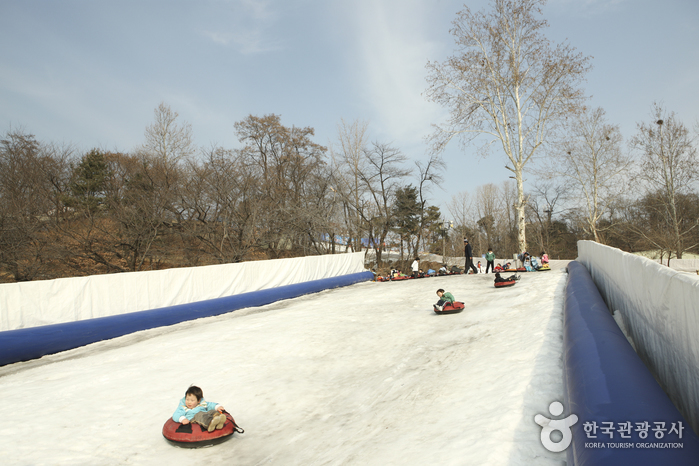
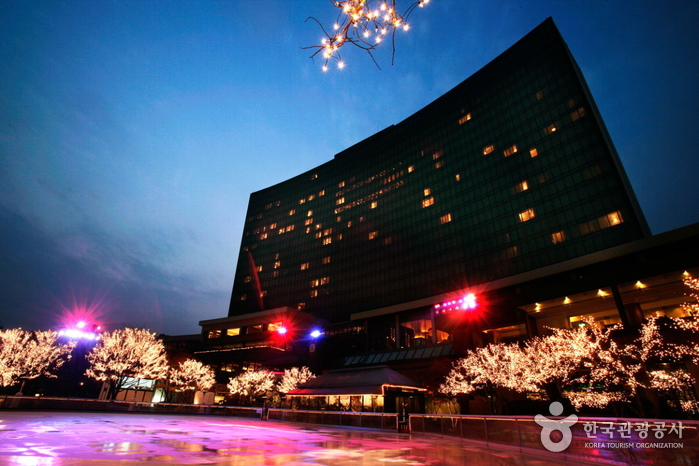
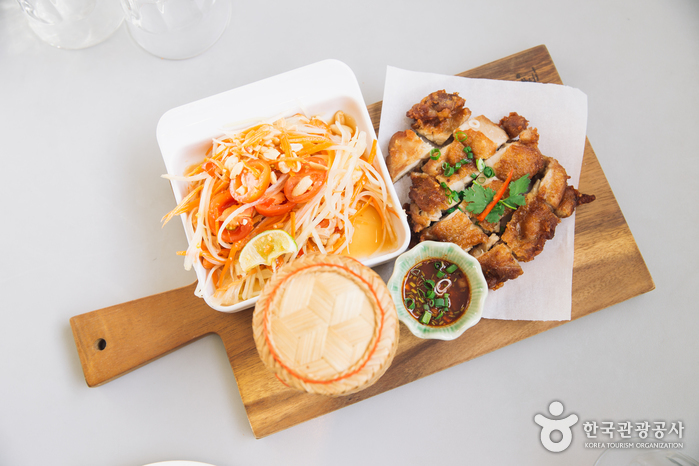
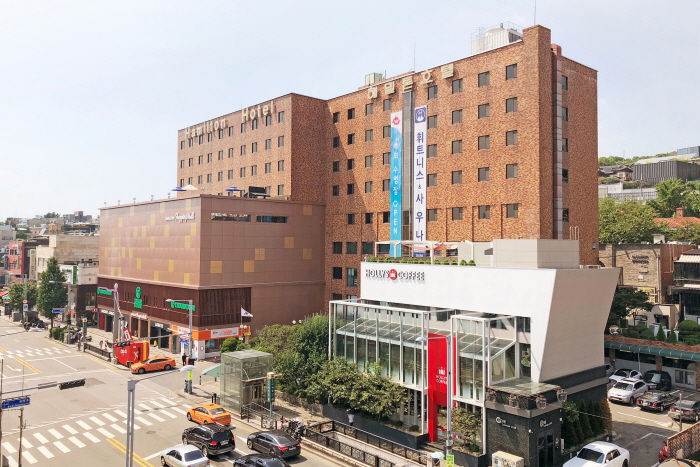
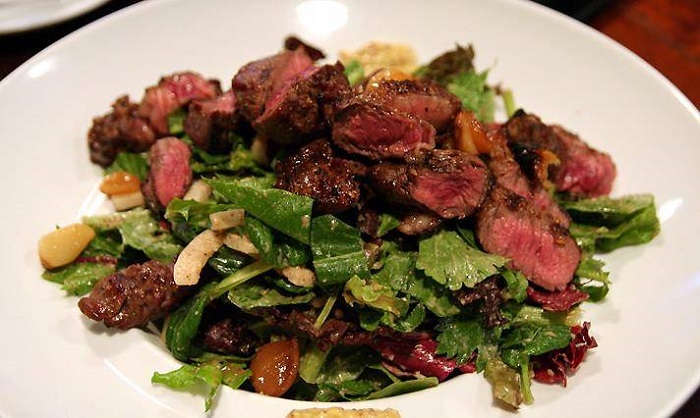
![Olive Young - Yangjae Star Class Branch [Tax Refund Shop] (올리브영 양재스타클래스)](http://tong.visitkorea.or.kr/cms/resource/66/2889466_image2_1.jpg)
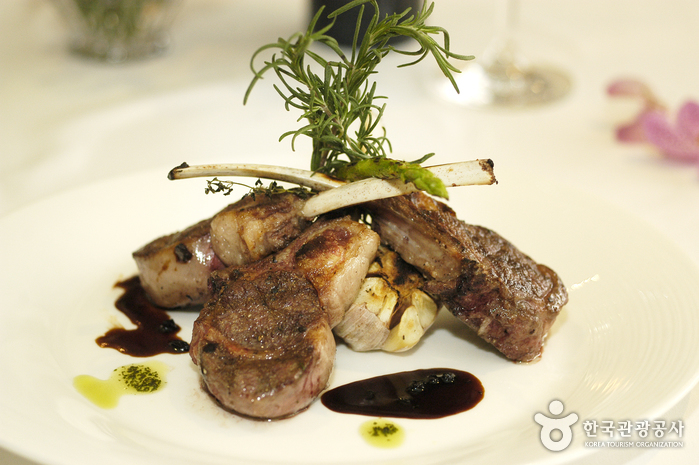
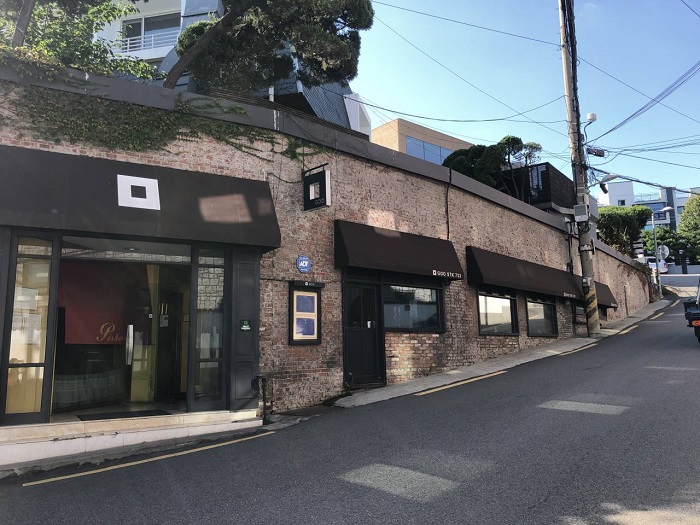

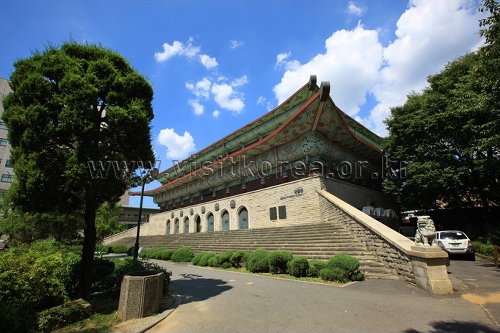
 English
English
 한국어
한국어 日本語
日本語 中文(简体)
中文(简体) Deutsch
Deutsch Français
Français Español
Español Русский
Русский